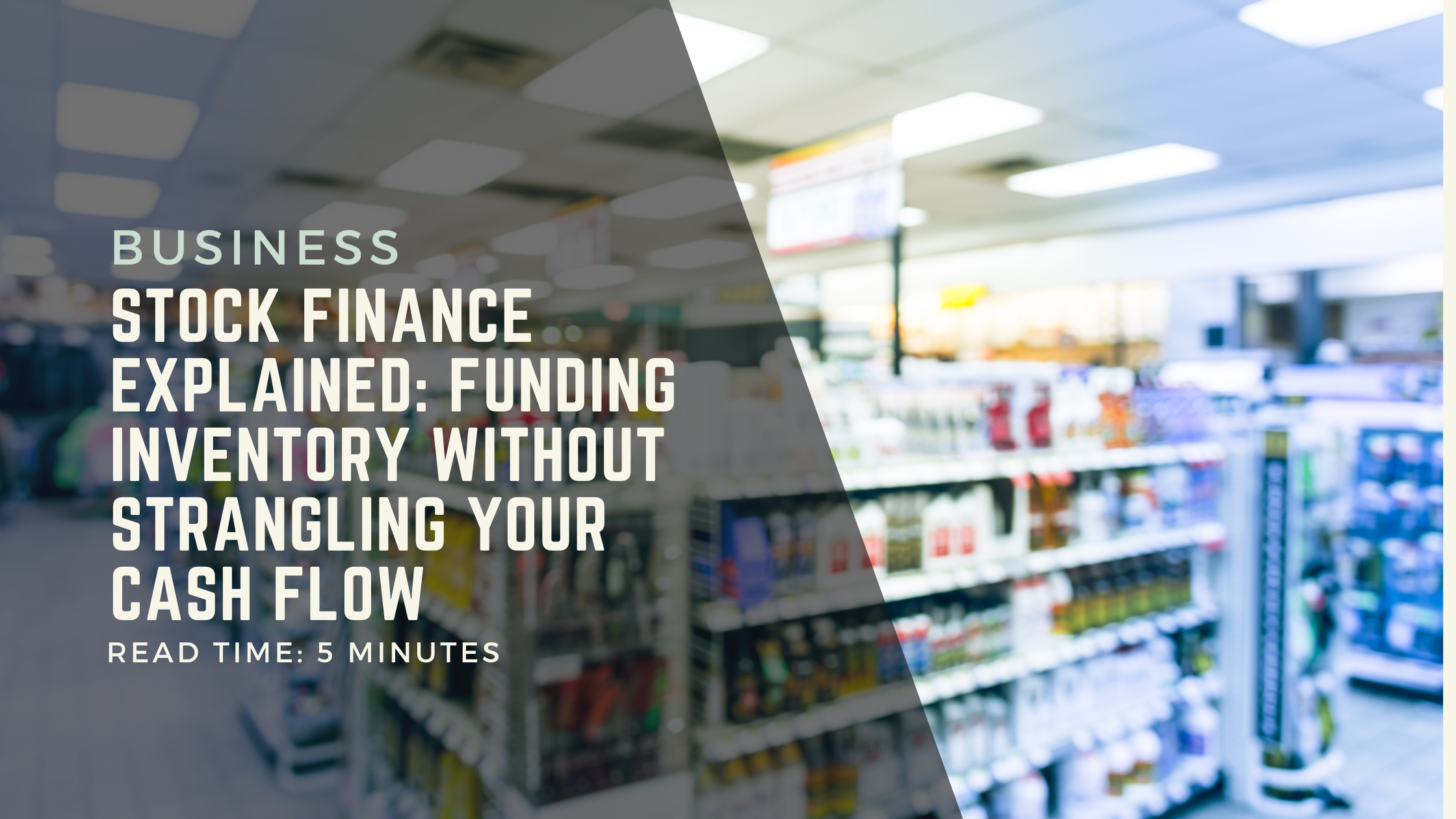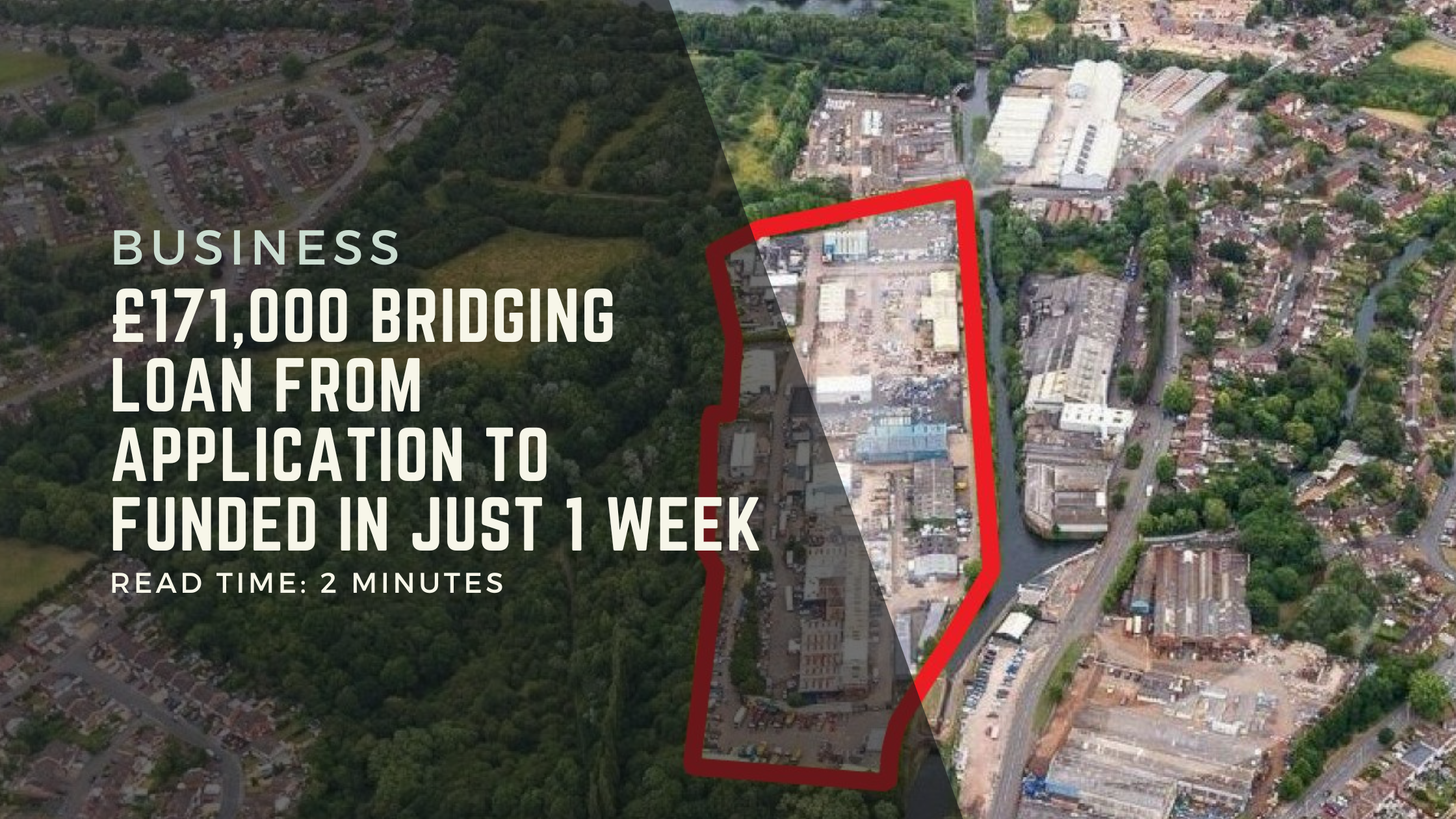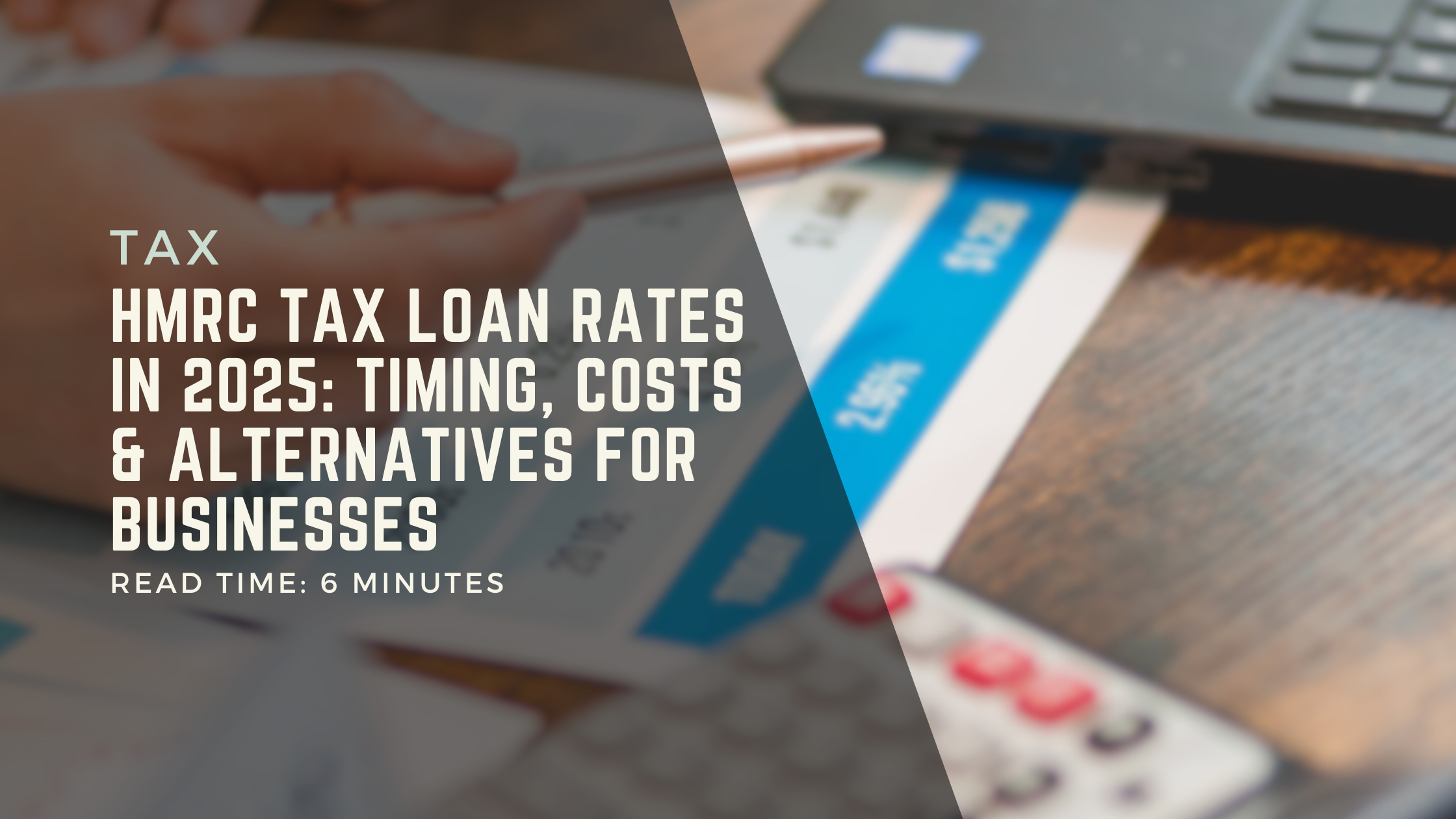Buying into a business partnership can be one of the most rewarding career and financial decisions. For professionals and entrepreneurs, it represents both ownership and long-term income potential. But the capital needed is often substantial, which is why a business loan to buy into partnership has become a common solution.
This article explains how partnership buy-in finance works, who pays for the transaction, whether it counts as a personal or business loan, and what lenders typically require in terms of size and structure.
How Partnership Buy-In Loans Work
A partnership buy-in loan provides the capital required for an individual to purchase equity in an existing business. The money is usually paid to the firm itself or to the exiting partners, depending on whether it is a buy-in or a buy-out.
For an incoming partner, the responsibility for raising funds usually falls on them personally. The new partner arranges a loan in their own name, but the purpose is strictly commercial, the acquisition of equity in the business. In some cases, particularly where succession planning is coordinated, the firm itself may borrow and then adjust partner drawings to recover repayments. Larger partnerships often prefer this approach because it centralises the financing and makes succession smoother.
Is This a Personal Loan?
Although the loan is often in the name of the individual partner, it is not treated as consumer borrowing. The defining feature is purpose: the funds are used exclusively for business investment. This makes it a business-purpose loan, not a personal loan.
Lenders assess affordability on the basis of anticipated profit share or partnership drawings, not just personal salary. Specialist facilities exist for professional practices (law firms, medical groups, accountancy partnerships) that fall under the umbrella of commercial lending. In short, while the facility may look personal on the paperwork, it is firmly categorised as business finance.
Who Pays the Buy-In or Buy-Out?
In a buy-in, it is almost always the incoming partner who pays. They either inject their own capital or arrange a business-purpose loan to cover the buy-in cost. In a buy-out, however, the funding may be arranged by the firm or by the remaining partners collectively to purchase the share of an exiting partner. Sometimes it is structured as a hybrid, where the firm arranges a loan and recovers repayments from the new partner’s distributions.
The key difference lies in whether the financing supports entry into the partnership or exit from it. Buy-ins are typically funded by the individual; buy-outs are often borne by the business or the continuing partners.
Why Most Lenders Prefer Buy-In Loans Over £25,000
Regulation is an important factor in this type of lending. Loans under £25,000 to individuals or small partnerships can technically fall into the scope of the Consumer Credit Act if they are not clearly business-purpose. Once the facility exceeds £25,000 and is demonstrably for commercial use, it becomes unregulated business lending.
Most lenders prefer transactions over this threshold. It gives them more flexibility in structuring the loan, removes the additional compliance requirements of consumer regulation, and aligns with the typical size of professional buy-ins, which are rarely below £25,000. In practice, the majority of partnership finance facilities are six-figure sums and comfortably outside regulated territory.
Challenges and Opportunities
Partnership buy-ins come with obstacles, from the high entry costs to the need for detailed financial scrutiny by lenders. Many new partners also face cashflow pressures in the early stages, as they must service loan repayments while adjusting to a new distribution model of income.
Yet the opportunities are equally significant. Finance allows ambitious professionals to step into ownership years sooner than they might otherwise manage. A strong partnership’s accounts can help secure more attractive terms, and tax-efficient repayment structures can ease the transition. With specialist lenders in the market, borrowing for this purpose has become both accessible and common for SMEs and professional practices.
Regulation Explained
Because most buy-in loans exceed £25,000 and are clearly for business purposes, they are almost always unregulated. Even when the loan is below that figure, it will normally be exempt if the purpose is wholly commercial. Only in rare cases, such as where a lender cannot be satisfied the facility is for business use, would regulation apply.
Unregulated lending does not carry the same consumer protections, such as Financial Ombudsman recourse or Section 75 rights. However, it opens access to a far wider pool of lenders, faster approvals, and more tailored structures. This makes the role of a broker essential in ensuring that the deal is not only competitive but also fair.
FAQs
It may be in your name, but it is classified as a business-purpose loan because the funds are used to acquire equity in a firm. Lenders assess affordability based on future partnership drawings, not just salary.
Buy-in: Usually the incoming partner funds it, often through a loan.
Buy-out: The firm or remaining partners may arrange finance to pay an exiting partner.
Most buy-in loans are unregulated commercial lending. Loans over £25,000 with a clear business purpose fall outside FCA consumer credit rules. Even smaller loans are usually exempt if used exclusively for business.
Crossing the £25k threshold moves the facility firmly into unregulated territory. This simplifies compliance for lenders and matches the typical size of partnership buy-ins, which are rarely small.
Repayments are usually structured in line with the partner’s drawings or profit share. Instead of being paid like a typical salary, partners take distributions from firm profits, which can then be used to service the loan. Some lenders will even mirror repayment schedules to expected income patterns, making the transition into partnership ownership more manageable.
Conclusion
A business loan to buy into partnership is one of the most practical ways for individuals to secure equity in a firm without years of waiting. While technically arranged in the individual’s name, it remains business-purpose finance, typically unregulated, and shaped by the stability of the partnership itself.
For SMEs and professional practices, understanding the mechanics of buy-in and buy-out finance can make succession smoother, ownership more accessible, and long-term growth more secure. With whole-of-market access to over 250 lenders, brokers like Finspire Finance can help structure the right facility at the right terms.








